Victoria’s harsh lockdown and how it compares to the rest of the world
The number of COVID cases in Victoria look pretty small against much of the rest of the world, yet it still has heavy restrictions. Here is how it compares to the rest of the world.
Coronavirus
Don't miss out on the headlines from Coronavirus. Followed categories will be added to My News.
- Are virus cases on track to ease restriction
- What’s open and closed under every step out of restrictions
If Melburnians are feeling that their COVID lockdown rules are unusually tough, a glance at how the rest of the world has reacted probably proves them right.
As Victorians count down to a hoped-for easing of restrictions, much of the rest of the world has long been out of lockdowns - despite much higher infection and death rates than those in Melbourne and Australia.
For instance, the US is still recording about 50,000 new cases a day and about 1,000 deaths a day.
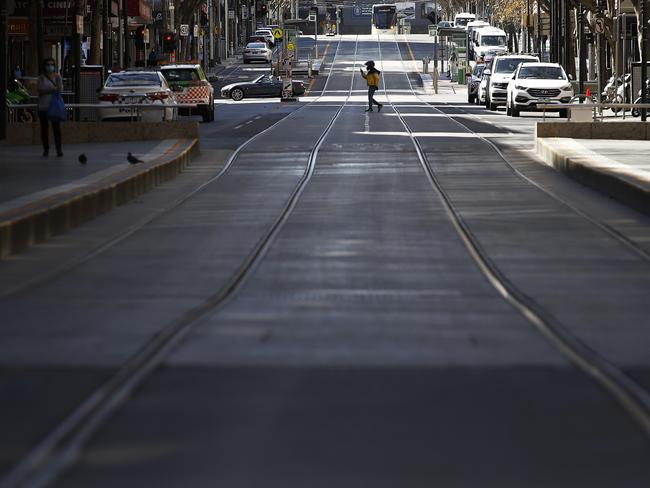
By comparison, Victoria had 41 new cases in the past 24 hours and has had a total of 675 deaths. Most of the rest of the world has moved away from lockdowns even when cases surge.
Here is a look at how the world has responded to COVID-19:
Victoria Australia
Cases: 19,550
Deaths: 675
Lockdown period: State of emergency declared March 16 and extended to May 11. Lockdowns began again in late June. Curfew and state of disaster declared August 2. Some easing of restrictions from September 13, more easing from September 28 if state reaches certain targets. But curfew to stay until at least late October.
Rules: Strict stay at home provisions. Must not leave home unless it is for shopping within 5km of home, one hour of exercise, health care and essential workers.
Result: Metropolitan Melbourne must reach an average daily case rate of 30-50 cases over the preceding fortnight to trigger an easing of restrictions from September 28. The figure now is 89.21 cases.
Regional Victoria must have an average of five or fewer new cases and no mystery cases in the preceding 14 days to move from the second to third step of restrictions.
The regional average is now 5.57 cases. Experts believe Victoria is on track to ease restrictions.
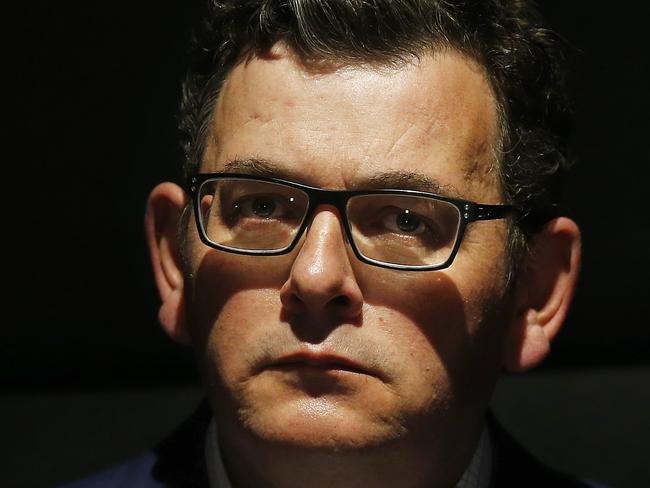
Lockdown rules and results in other countries
US: National picture
Cases: 6,248,444
Deaths: 188,573
Lockdown period: No nationally mandated lockdown. Stay at home orders have been issued by many states since March 19, with Governors issuing decrees. Most of these orders have been lifted gradually since the start of the northern summer in June.
Rules: Vary from state to state – even from county to county. Some states did not lock down at all. Those that did banned indoor dining, bars, gyms, theatres and large gatherings. Schools have remained closed across the country and will re-open this week at 50 per cent capacity, supplemented by online learning.
Results: As unemployment reached record proportions and summer began, protests began in a number of states demanding they be allowed to “re-open”. Some people took to the streets with guns to demand restrictions be lifted. The onset of race riots briefly distracted from the pandemic crisis, but with the country still recording about 50,000 new cases every day, COVID remains a national crisis in the US.
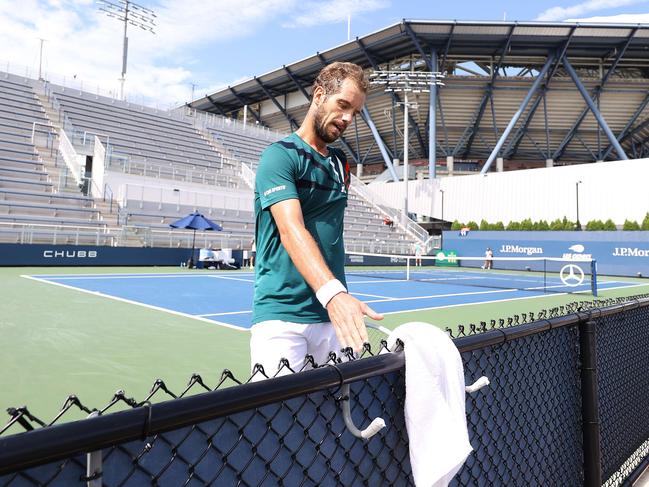
US: New York
Cases: 438,772
Deaths: 32,579
Lockdown period: Statewide “stay at home” order issued March 20. Began reopening from May 15.
Rules: The public was urged to stay home and travel only if necessary. Non-essential gatherings were prohibited.
In New York City, non-essential businesses were limited to minimum operations or working remotely.
Bars/restaurants were dine-out only. Beaches were open only on public holidays but with restrictions.
Result: The initial epicentre of COVID-19 in the US, New York flattened the curve in April after Governor Andrew Cuomo’s campaign to tackle the virus.
New York has an infection rate below 1 per cent for the 29th straight day.
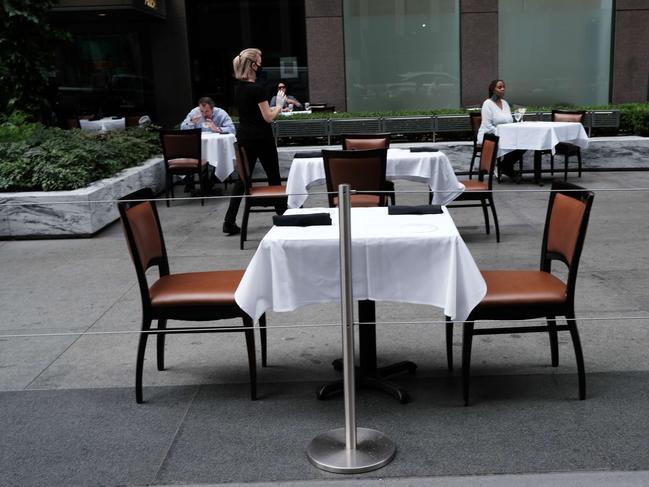
US: California
Cases: 727,239
Deaths: 13,708
Lockdown period: “Stay at home” order issued March 19. Restrictions eased in May under public pressure, but bars in many counties were closed again in late June. Bars, restaurants, gyms and theatres were closed down again in July.
Rules: Travel outside the home was recommended only for essential needs/work.
Non-essential gatherings were prohibited and non-essential businesses closed.
Bars/restaurants became dine-out only.
Many state parks and beaches were temporarily closed or have very limited access.
Result: The coronavirus pandemic spread rapidly across California. Experts say the true number of people infected is unknown and likely much higher than official tallies.
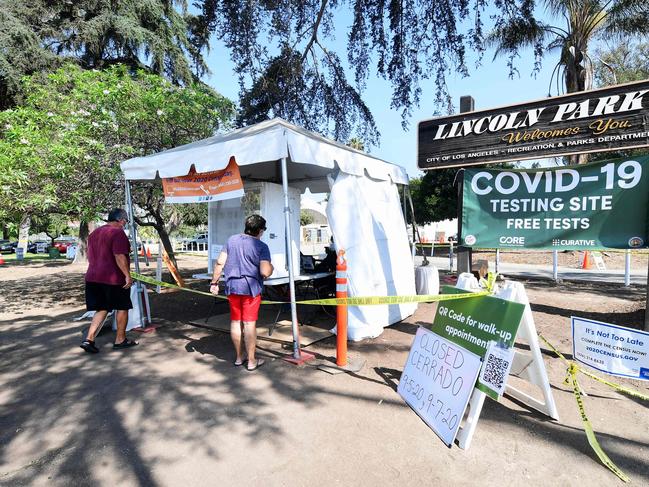
United Kingdom
Cases: 346,516
Deaths: 41,638
Lockdown period: March 23, easing from July.
Rules: England moved from a state of national lockdown to targeted lockdowns where local authorities could implement restrictions in response to local outbreaks.
These local lockdown rules changed on a weekly basis with the government announcing changes to restrictions towards the end of each week.
The national lockdown rules were eased in July.
Result: The UK appears to have flattened the curve. Despite the initial wave being controlled by the lockdowns, recent spikes were driven by young people wanting to go out to pubs and parties for the northern hemisphere summer.
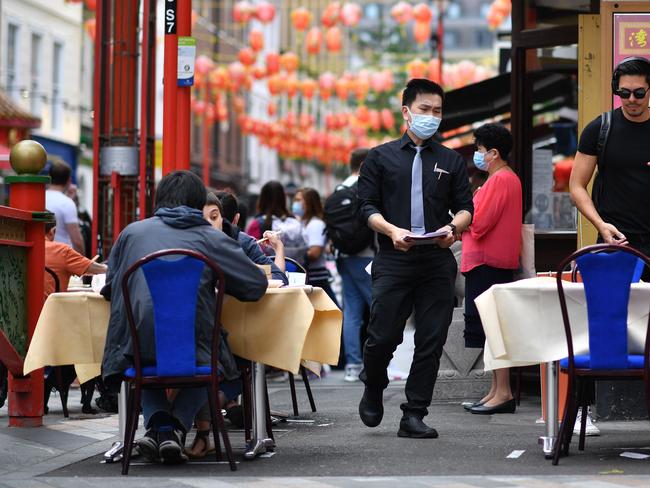
Ne w Zealand
Cases: 1,772
Deaths: 24
Lockdown period: March 26 and April 3
Rules: The first nine days of a hard, early nationwide lockdown put in place by the Ardern government between March 26 and April 3 required people to isolate at home and businesses to close.
It was justified, but unlawful, according to a court ruling.
Result: The government’s tough approach early meant New Zealand fared better than most countries.
The measures were later lifted but an abrupt resurgence of COVID-19 last week in Auckland prompted the government to reimpose some lockdown restrictions on the city’s 1.7 million residents.
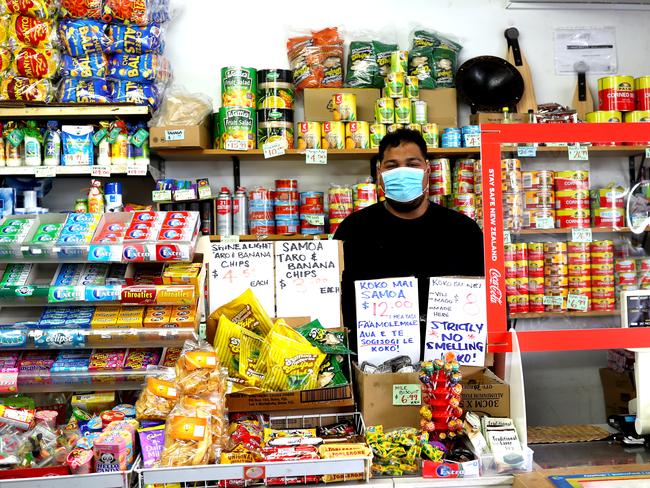
Japan
Cases: 71,918
Deaths: 1,362
Lockdown period: No officially enforced lockdown.
Rules: Due to its constitution Japan’s national and local governments do not have the legal power to impose lockdown measures.
Authorities urged people to stay home as much as possible and wear masks when outside.
The lockdown was mild but a goal was set to reduce social interaction by 80 per cent.
Result: This increasing sense of dissatisfaction with the government’s response to the virus comes as Japan appears to be on the brink of another outbreak.
For most of May and June, the epicentre, Tokyo, managed to contain the number of new cases but cut cases have steadily increased since then.
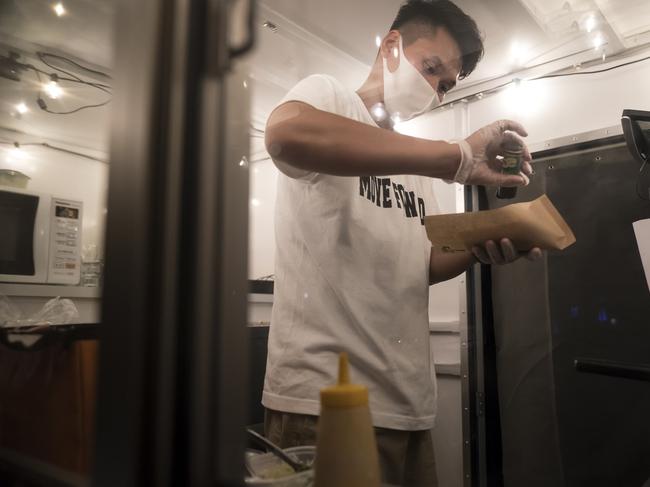
Singapore
Cases: 57,022
Deaths: 27
Lockdown period: April 3 – June 1
Rules: Singapore closed schools and businesses including closing 80 per cent of offices and requiring work from home.
Closure of hairdressers, barber shops, bars and cafes, supermarkets, wet markets to stop community spread.
Mandatory mask wearing was enforced.
Migrant workers were prevented from going to work and quarantined in dormitories.
Result: A surge in local transmissions was caused by the worker dormitories and there was community spread leading to 57,000 cases - but only 27 deaths.
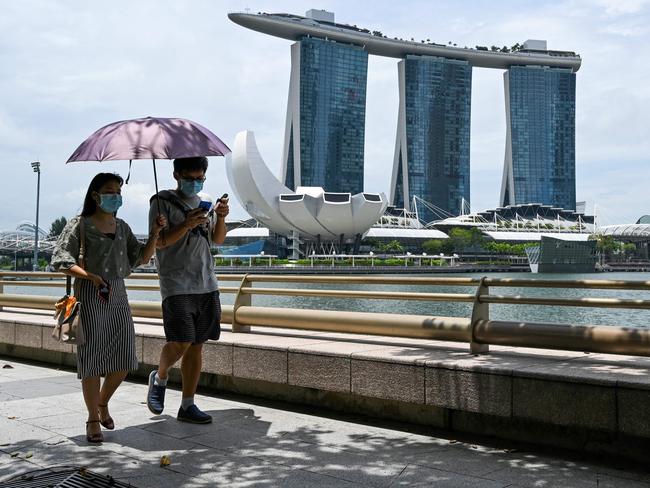
Germany
Cases: 251,261
Deaths: 9,330
Lockdown period: No formally declared national lockdown, although some states imposed curfews and restrictions on how many people could be together at one time.
Rules: Unlike other European countries, Germany did not impose isolation on its 80 million population. Instead it implemented strict social distancing measures on March 22.
Result: A doctors’ union said Germany was already seeing a second wave of coronavirus and could face an even stronger resurgence because people had ignored social distancing measures.
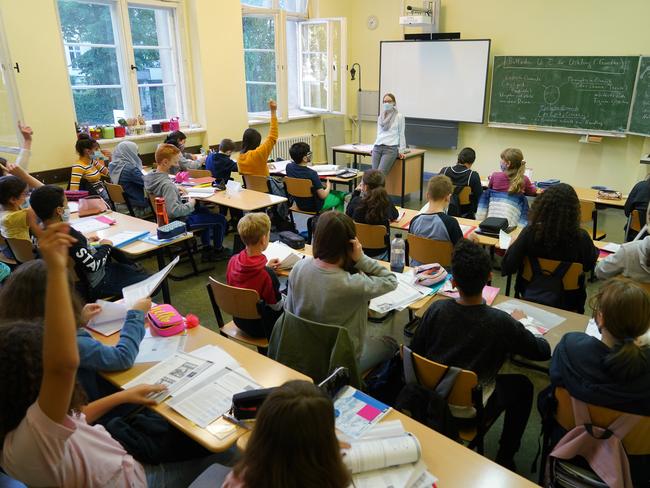
South Africa
Cases: 636,884
Deaths: 14,779
Lockdown period: National lockdown from March 23, slowly easing from May 1, although some measures remain in place.
Rules: South Africa initially had some of the world’s most restrictive lockdown measures including enforced home isolation, borders closed to international visitors and migrant workers, schools closed, a military-enforced night-time curfew, outdoor exercising restricted to three hours a day, and a ban on street trading and the sale of several products such as cigarettes and alcohol.
Result: The government began a gradual reopening in June, but restrictions were reintroduced when infection rates began to rise again.
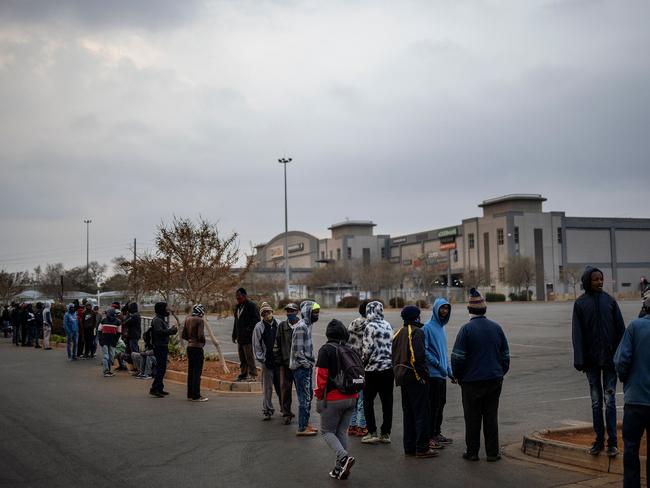

Italy
Cases: 276,338
Deaths: 35,534
Lockdown period: March 9 to July 1, although local restrictions remain in place in some areas.
Rules: A national quarantine was imposed, restricting the movement of the population except for necessity, work, and health circumstances, in response to the growing pandemic of COVID-19 in the country. Additional lockdown restrictions mandated the temporary closure of non-essential shops and businesses.
Results: Italian government is not considering new lockdowns to curb coronavirus infections, despite a steady rise in new cases over the past month.
MORE NEWS
Harry and Meghan’s brutal snub to veterans
